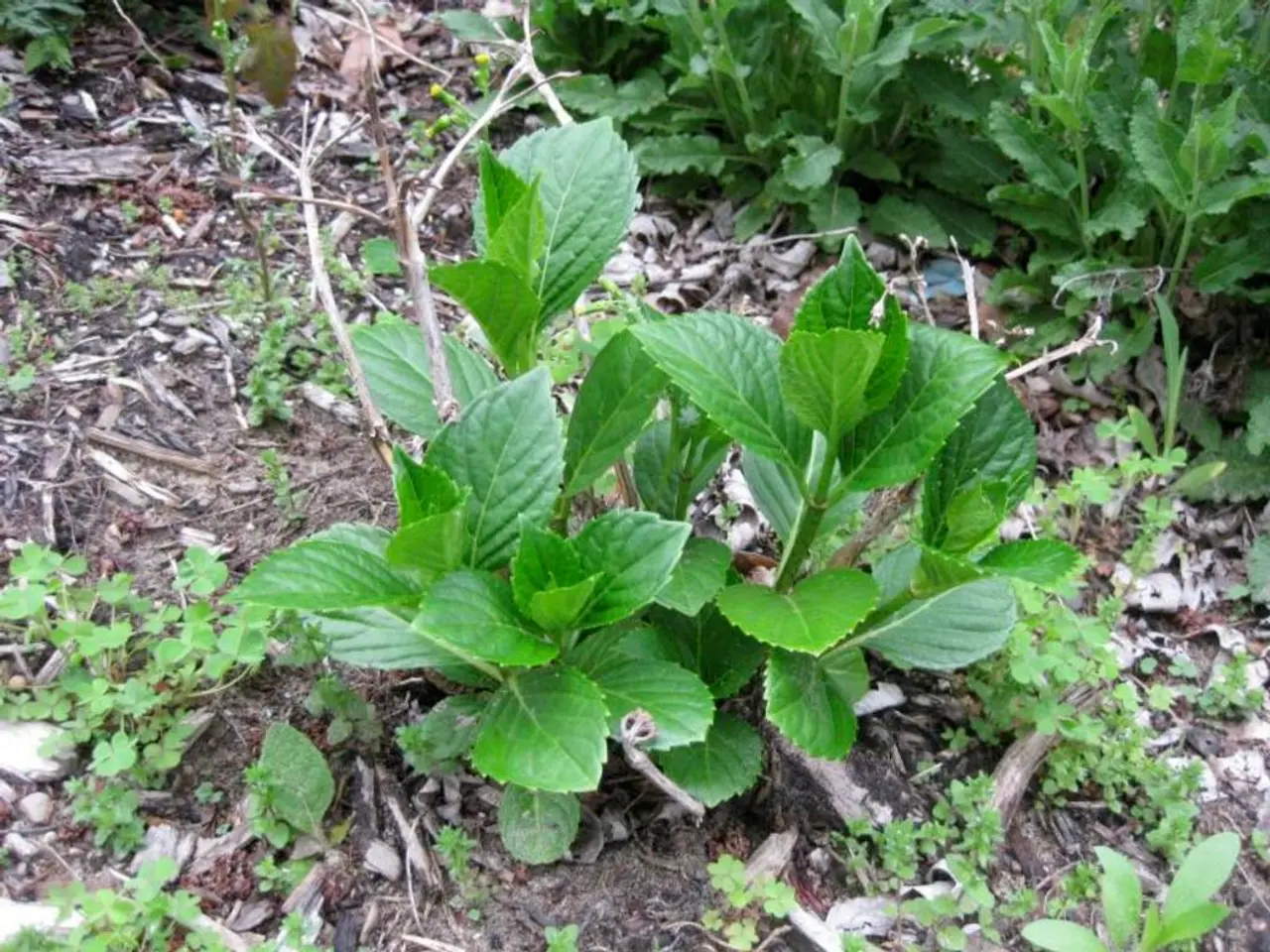Herbal Pinching: Uncovering Advantages and the Perfect Technique
**Optimal Growth of Common Herbs: A Guide to Pinching and Pruning**
For **optimal growth of common herbs**, pinching and pruning techniques vary depending on the herb type, growth stage, and timing. Here's a comprehensive guide on **how to pinch and when not to pinch various herbs** to ensure a bountiful harvest and healthy plants.
### General Pinching Tips
When pinching herbs, use your fingers to pinch off delicate herbs, ensuring you pinch tightly and cleanly right through the stem, avoiding tearing or ripping which can cause diseases. For tougher herbs or heavier trimming, use clean scissors or garden pruners disinfected with rubbing alcohol to avoid transmitting pathogens. Pinching the growing tips (about 1-2 inches of stem end) encourages **bushier growth** by stimulating branching. Avoid cutting more than one-third of perennial herb stems at a time to prevent stress on the plant.
### When and How to Pinch Common Herbs
| Herb | How to Pinch | When Not to Pinch | Notes | |---------------|-----------------------------------|-------------------------------------|------------------------------------------| | **Basil** | Pinch off tips and flower buds to encourage branching and prevent bolting| Do not pinch if plant is very young or recently transplanted| Removing flowers produces fuller plants[3][2]| | **Mint** | Pinch tips regularly to prevent flowering and spreading; best grown in containers to control spread| Avoid heavy pruning in late fall or dormant phase| Rapid grower, pinching keeps it bushy[4]| | **Thyme** | Regular pinching helps keep woody stems in check; pinch just above leaf nodes| Avoid cutting more than one-third at once; prune once a year in early spring or fall| Perennial; pinching young growth encourages leaf production[1][2][4]| | **Rosemary** | Pinch young shoots to encourage bushiness; prune hard once a year in early spring or fall| Don’t pinch in winter or dry stressed periods| Can become shrub-like with regular pruning[1][4]| | **Coriander** | Pinch off flower buds to extend leaf production| Avoid pinching when flowering has already started heavily| Sow seeds regularly to maintain supply[4]| | **Oregano** | Pinch regularly to prevent flowering and keep shape| Avoid severe cutting; trim lightly and often| Thrives with frequent trimming to avoid woodiness[2]| | **Dill** | Pinch flower heads to prolong leaf harvests| Do not pinch when plants are ripe to harvest seeds| Fast growing; flowers signal seed production[1][2]| | **Lemon Verbena** | Pinch off stems to encourage branching and bushiness| Avoid pinching late in the growing season to allow wood hardening| Pinching is key for denser foliage[5]|
### When *Not* to Pinch
Avoid pinching herbs that are too young or weak, as they need time to establish roots before heavy pruning. Do not pinch perennial woody herbs like rosemary, thyme, or sage outside their recommended annual pruning windows—typically early spring or fall. Avoid pinching when the plant is under drought stress or extreme heat to reduce shock.
### Summary
**Pinching regular new growth and flower buds** on fast-growing herbs like basil, mint, dill, cilantro, oregano, and lemon verbena encourages fuller, bushier plants with more usable leaves. For **woody perennials** like rosemary, thyme, and sage, gentle annual pruning or careful pinching at young shoots works best. Always use clean tools or fingers to avoid disease, and do not remove too much foliage at once to maintain plant health.
This careful pinching strategy will help produce vigorous, healthy herbs with a longer harvest season and better flavor.
- Mary Ellen Ellis has been gardening for over 20 years, with degrees in Chemistry and Biology, specializing in flowers, native plants, and herbs.
- The pinching and pruning strategy, as applied to herbs such as basil, mint, and lemon verbena, encourages a bushier growth, resulting in more usable leaves for a longer harvest season, thus enhancing their lifestyle potential.
- In home-and-garden settings, gardening enthusiasts should practice careful pinching on their woody perennials like rosemary, thyme, and sage, as gentle annual pruning or selective pinching at young shoots fosters healthier growth and promotes the plants' natural bushiness, enriching the home-and-garden experience.



